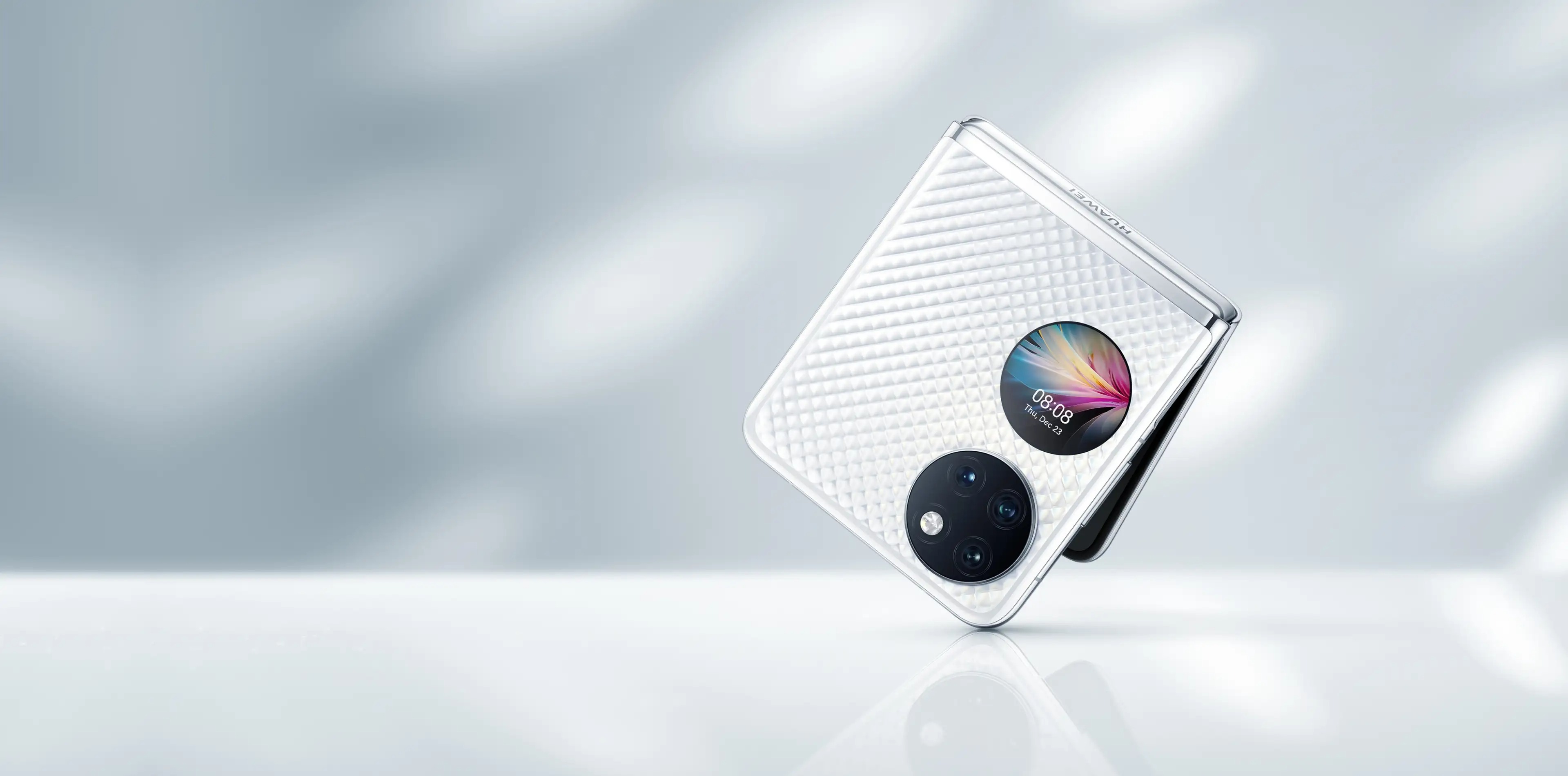
The last time we saw a Huawei foldable phone was back in 2022. This came in the form of the Huawei Pocket S, the more affordable successor to the Huawei P50 Pocket. After taking a break for a year, Huawei could be back next month with a brand new foldable handset with a clamshell form factor.
It is unclear what name this new phone will adopt, but based on the Weibo report, it bears the "LEM" codename. It is also rumored to use Huawei's own 5G Kirin chipset, but we're not sure if it will be the same 5G chipset found in the Huawei Mate 60 Pro.
The report also claims that Huawei is planning to position this new foldable phone like its Nova series of mid-rangers. This suggests that it might actually be somewhat affordable. The Huawei Pocket S, while cheaper than its predecessor and competition, isn't exactly "cheap". If Huawei can bring the price down further with this model, it could be quite an attractive option.
Samsung is also exploring options for creating cheaper foldables, according to the rumors. One of the reasons is because of Chinese OEMs who already have more affordable alternatives, causing the company to lose market share in China. Unfortunately, due to the situation in the US, we doubt we'll be seeing this new Huawei foldable launch outside of China or Asia anytime soon, but it will be interesting to see what they come up with.
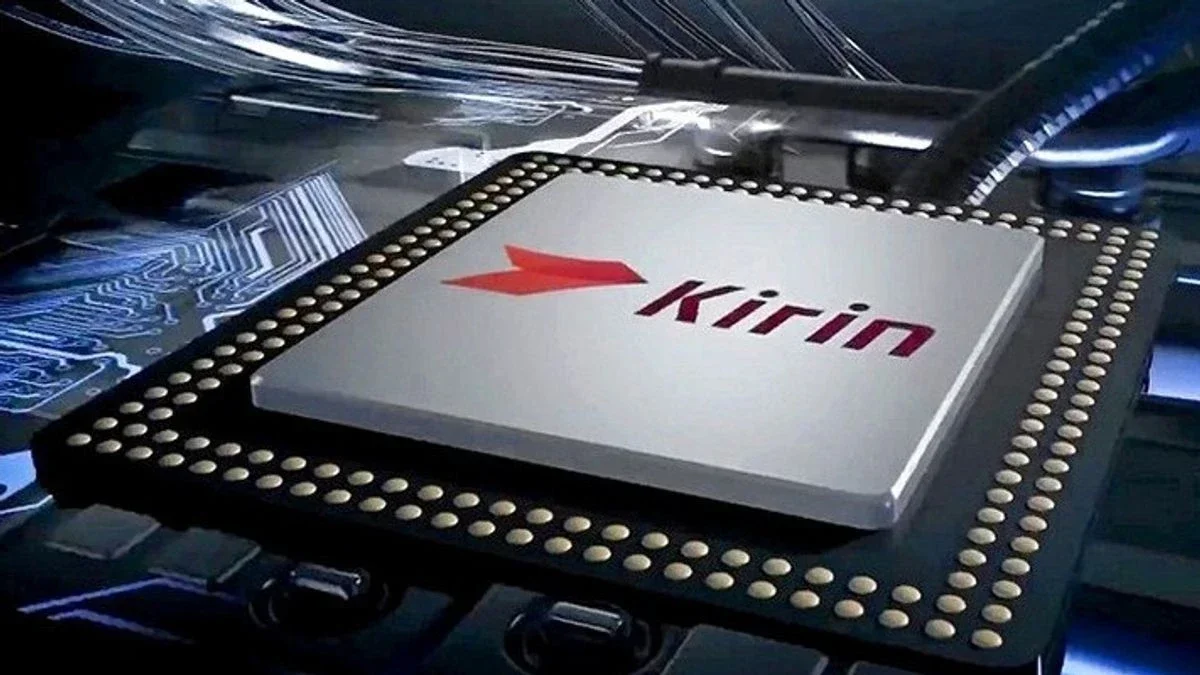
Huawei stunned the tech world back in August when it announced the Mate 60 series. The line was Huawei's first phones in three years to be powered by a 5G Kirin chipset designed by Huawei. The chip was built by China's largest foundry, SMIC, and was manufactured on the latter's 7nm process node. It was a shocking announcement considering that U.S. sanctions seemed to prevent Huawei from producing or obtaining application processors (AP) that support 5G.
The U.S. had given Huawei permission to power its previous flagships, like the P50 series (2022), Mate 50 line (2022), and the P60 line (2023), with Snapdragon chipsets that were modified not to support 5G signals. So when the Mate 60 series was unveiled with the 7nm Kirin 9000s 5G chipset, U.S. lawmakers and officials went berserk, and Chinese consumers were overcome with waves of nationalistic pride.
The next flagship series due from Huawei is the P70 line. The "P"-series is known for its focus on photography (pun NOT intended). According to Weibo leaker Smart Pikachu (via HuaweiCentral), the series will be powered by a new chip called the Kirin 9010 designed by Huawei's HiSilicon semiconductor unit. The chip has not been officially announced and those with long memories might recall that three years ago, Twitter tipster @RODENT950 said that despite the U.S. export ban preventing Huawei from receiving cutting-edge chips, the company was going to obtain 3nm Kirin 9010 SoCs designed by Huawei's HiSilicon unit.

We know that this rumored 3nm chip was never built; the first 3nm chip for smartphones was the A17 Pro AP made by TSMC that runs the iPhone 15 Pro and iPhone 15 Pro Max. Since Huawei cannot deal with any foundry able to ship 3nm chipsets, it is unlikely that if the Kirin 9010 SoC powers the P70 line, it will be made using the 3nm node. China's SMIC foundry cannot produce chips with a node under 7nm at this stage.
The Kirin 9010 name received a trademark in 2021 and it is possible that Huawei is simply just now able to use the name for new 7nm chips made by SMIC. China's top foundry will surely work on ways to build 3nm chips, but until it can come up with a way to get around the ban on shipping extreme ultraviolet lithography machines to China, we won't see Huawei get its hands on 5nm or 3nm silicon unless its from an old stockpile from before the U.S. sanctions were announced.
For example, there are reports that Huawei's new laptop is equipped with the 5nm Kirin 9006C chips. But these were made by TSMC prior to the announcement of the U.S. chip sanctions against Huawei and were found in the manufacturer's stockpile of unused chipsets.
As for Huawei's upcoming flagship series, the P70 ART is rumored to sport an ultra-wide camera backed by a one-inch type sensor and carry a lens made up of one glass element and six plastic. The company is also rumored to debut its own image sensors with the P70 series which is expected to be unveiled in March.
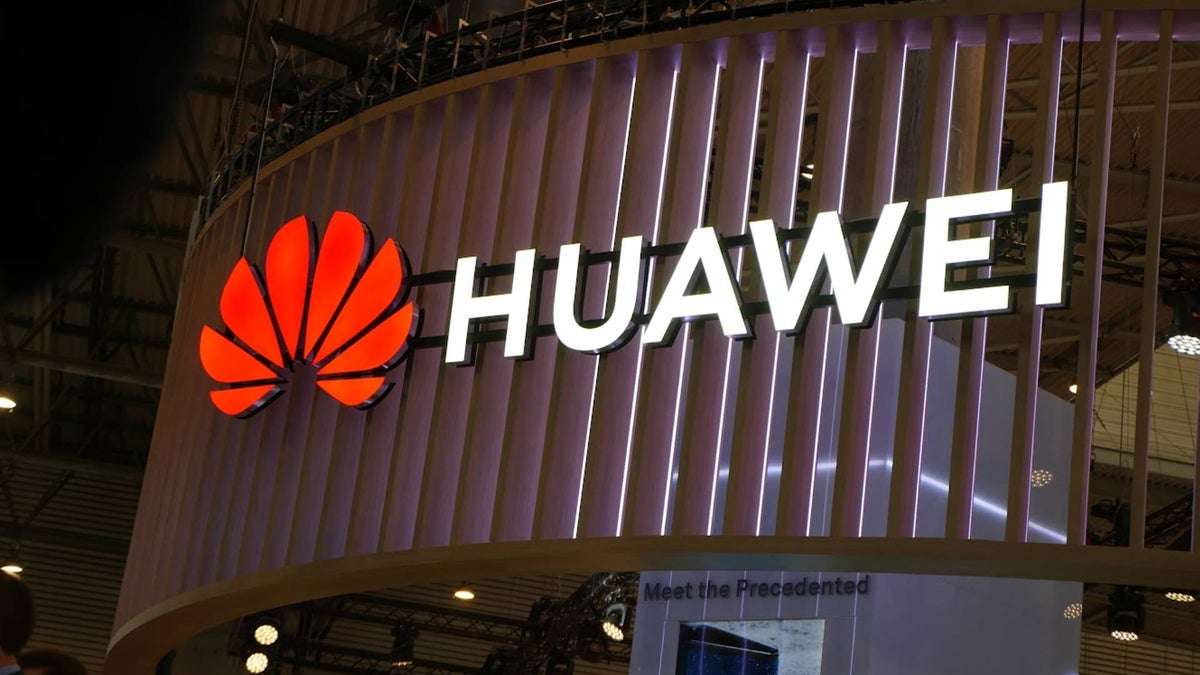
Those who absolutely detest Huawei will not be happy to learn that the Chinese player has achieved another success after the release of the hit Mate 60 Pro which sold like hotcakes in its homeland (a research company claimed that Huawei sold 1.6 million of the Mate 60 Pro in just six weeks).
After years of US sanctions and problems, now Huawei's Kirin is among the top five global chipmakers (via Gizmochina).
According to a Q3 2023 report by Counterpoint Research, chip maker Hisilicon (owned by Huawei) now holds fifth place with a 3% share of the chipset market globally. Of course, that's on the 2023 Mate 60 series that packed the 5G-enabled Kirin 9000s chip and sold like crazy.
More devices like the Mate X5 foldable phone and MatePad Pro 13.2 tablet have also received positive feedback from users in China, laying the ground for 2024 and the mid-range Nova 12 series, which will also pack Kirin processors.
The other players
Qualcomm. That's the chipmaker company you've been expecting to see as "numero uno", and they retain their dominance with a 40% market share. Apple follows behind in second place with a 31% share, driven by the iPhone 15 series. The bronze is reserved for MediaTek with a 15% share, and Samsung is fourth with a 7% market share. After Huawei, Unisoc comes in at sixth position with a 2% market share and Google's Tensor SoC has also secured a 1% market share while ranking seventh on the list.
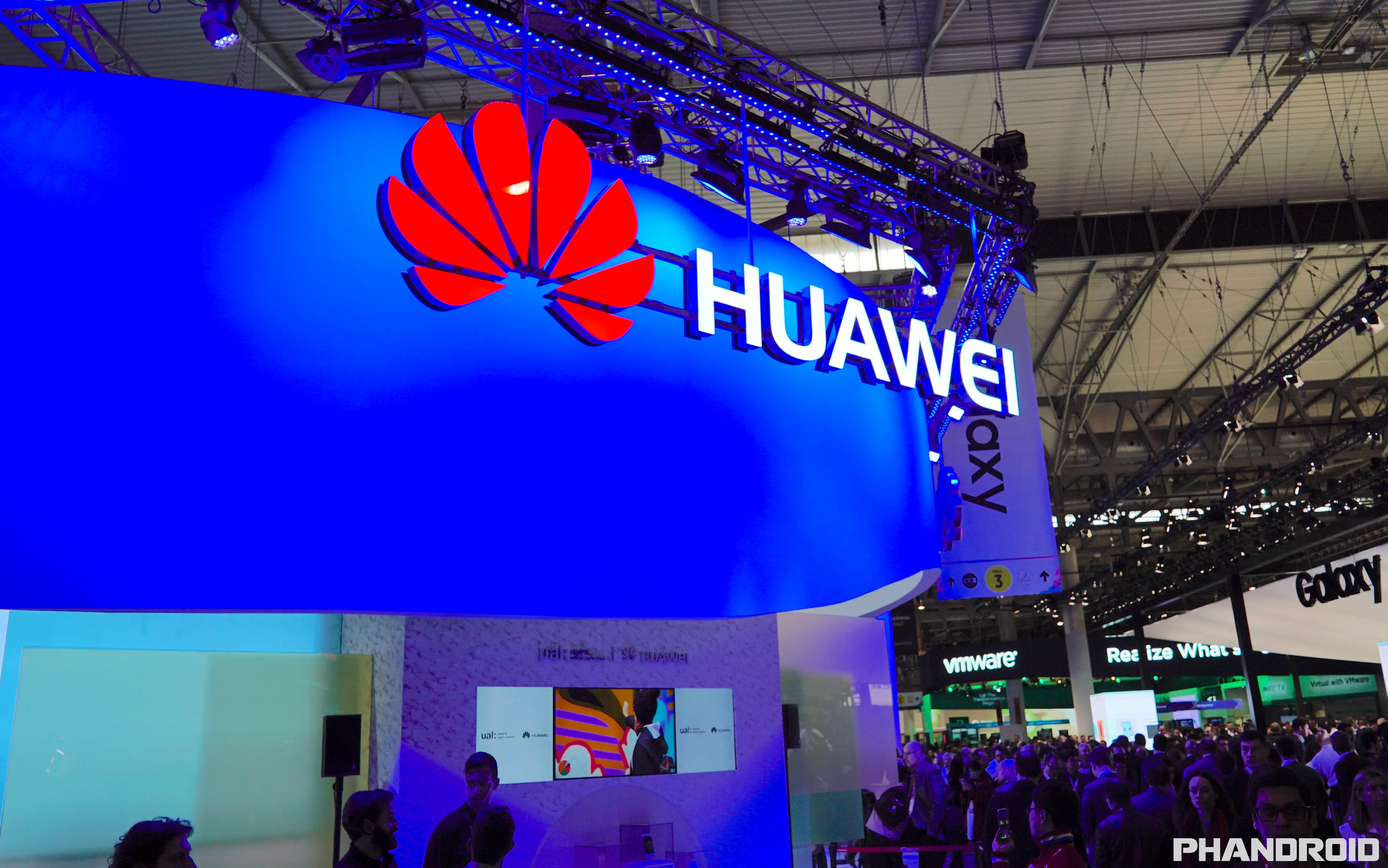
While Huawei's presence in the west might have somewhat diminished in the past few years, the Chinese tech giant has nevertheless remained consistent in its global product launches. Case in point, the company recently teased an upcoming product launch for December 12, 2023, which should give Huawei fans and loyalists something to look forward to this Christmas season.
Based on a post shared on the company's social media page, it looks like Huawei will soon be launching a global variant of the MatePad Pro 13.2, a tablet which at the moment is exclusive for Chinese markets. The device comes with specs such as a 13.2-inch OLED display with a 144Hz refresh rate, a custom Kirin SoC, and a sleek metallic build.
For software, the China variant of the MatePad Pro 13.2 comes with Harmony OS, Huawei's very own take on a custom Android skin. At the moment, Huawei hasn't revealed anything about the device's price and regional availability for example, but we're bound to know more on December 12.
The MatePad Pro 13.2 joins the likes of other Huawei devices such as the Watch GT 4, which made its debut this year.
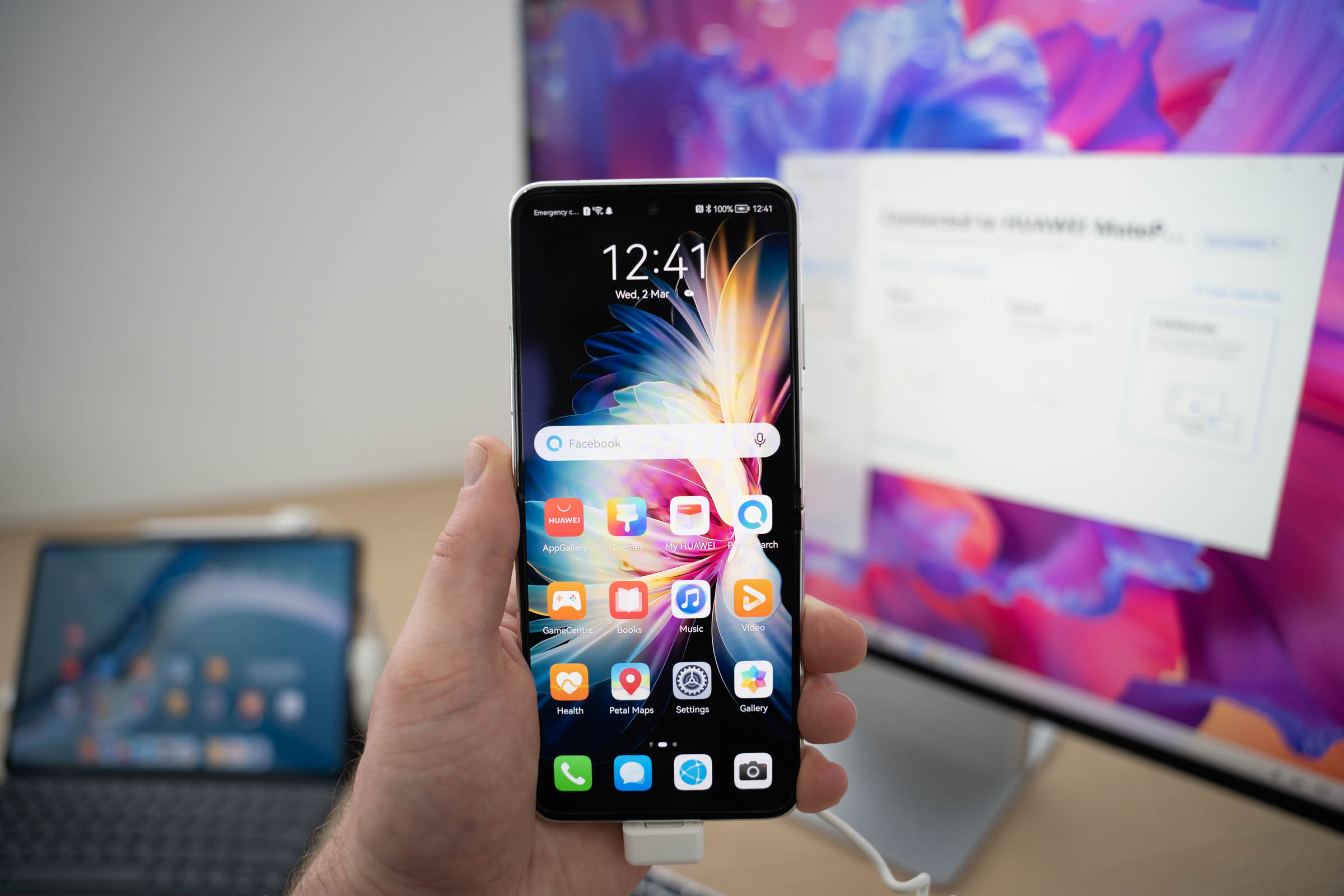
Ever since the US government banned Huawei from doing business with US companies, the company has been trying to find ways to survive. One of those ways included developing their own mobile operating system called HarmonyOS.
The company has since been working on newer versions, such as HarmonyOS Next, which was revealed earlier this year in the summer. Now according to Huawei's Richard Yu, HarmonyOS Next is close to release which is good news, but there is one thing users should note and that is the update will drop support for Android apps.
Prior to this, users who had Huawei phones with HarmonyOS could still download and run Android apps (just not Google's apps), but with HarmonyOS Next, the company is dropping Android libraries support. We kind of get what Huawei is trying to do, which is create their own mobile OS that can stand on its own two feet.
The problem with this move is that by removing Android app support, there might be users who will find it difficult to use their Huawei phones since some of their favorite apps may no longer be available, or a HarmonyOS version hasn't been created yet. This could create issues for the platform's viability as we have seen in the past with other mobile operating systems like Windows Phone.
Without a robust ecosystem, users won't want to adopt it, and developers won't want to develop for it since there aren't that many people using it - it's a vicious cycle. Maybe Huawei's branding and user base is large enough where this won't pose a problem.
© 2023 YouMobile Inc. All rights reserved






